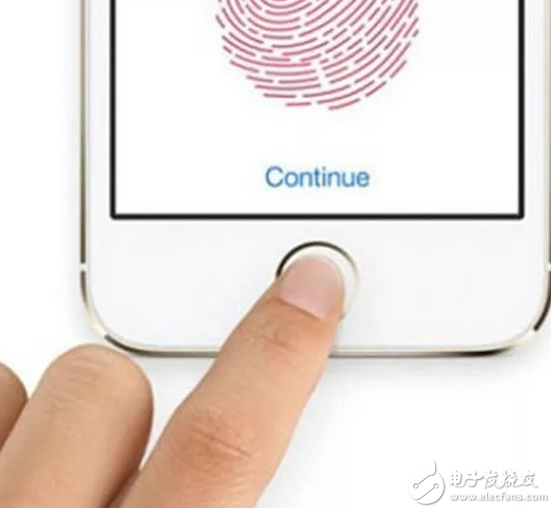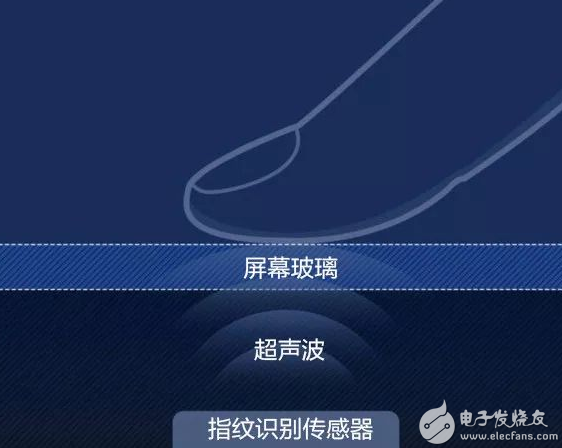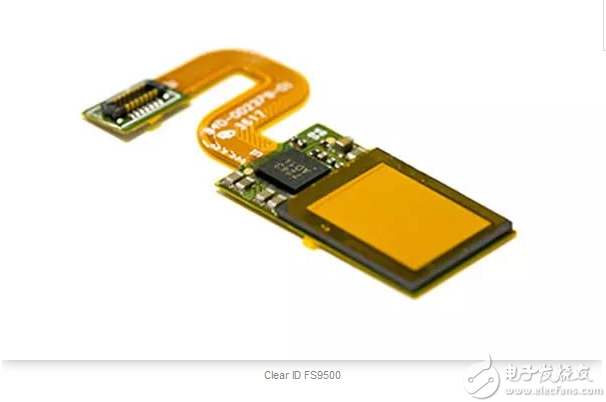At CES, vivo announced the launch of the world's first offline fingerprint recognition phone, the vivo X20 Plus UD. It is said that this phone is already in volume production and is expected to be available this month. There is a benefit to fingerprint recognition under the screen. Compared with traditional fingerprint recognition, its biggest advantage is that it does not occupy the screen (front panel) space. This kind of fingerprint recognition technology is needed in the full screen era. Classification of fingerprint recognition under the screen What is the classification of fingerprint recognition under the screen? Yes, there are currently two major programs: optical fingerprinting technology and ultrasonic fingerprinting technology. Fingerprint recognition under the ultrasonic screen means that the ultrasonic sensor is arranged at the bottom of the screen, and the fingerprint recognition work is completed by the ultrasonic wave. The schematic diagram is as follows. USB cable assemblies are a cost-effective way to connect electronic devices. When first introduced, USB cable assemblies connected peripheral devices such as printers, scanners, cameras, and storage devices to computers. Now USB cable assemblies are everywhere and used for everything from programming systems in automobiles, connecting medical equipment, and charging cell phones for everyday use.
UCOAX Cable Applications is your one stop shop for Off-The-Shelf USB cable assemblies. UCOAX offers a variety of USB4 through USB 3.2 standard cables with various connector types in different lengths.
Custom Requirements
Usb Cable Assembly,Usb Port Assembly,Cable Assy Universal Style 3 Usb,Micro Usb Cable Assembly UCOAX , https://www.jsucoax.com
Then the question comes: fingerprint recognition, everyone knows, what is the fingerprint recognition under the screen? In layman's terms, fingerprint recognition under the screen is to hide the fingerprint reader under the screen (collecting and matching the user's fingerprint through the screen). 
In addition, it has a hidden advantage, that is to be able to install X, after all, the experience is even cooler. 
Knock on the blackboard, focus on the focus, the vivo X20 Plus UD uses optical fingerprint recognition technology, remember this will add points.
Vivo X20 Plus UD
1) Optical fingerprinting technology 
As the name suggests, optical technology is definitely related to light. Its principle is the picture below.
Simply put, after the finger is pressed on the fingerprint collector, the internal light source hits the light onto the finger, and after being reflected by the finger, it is collected on the recognizer to obtain a fingerprint image.
2) Ultrasonic technology 
Ultrasonic fingerprint recognition is more secure, and wet hands can be unlocked, but it is still immature, such as the large size of ultrasonic sensors, slow recognition speed, and insufficient penetration.
This is also why the vivo model was equipped with Qualcomm ultrasonic recognition technology in 2017, but in the end there was no reason for mass production.
Is there any shortcoming of fingerprint recognition under the screen? Yes, there are certainly, the current screen fingerprint recognition technology is still immature, such as:
1) For the current vivo X20 Plus UD, fingerprint registration takes a little longer. Registering a fingerprint may require pressing more than ten times, which takes more than twenty seconds.
2) Fingerprint recognition under the screen can only use OLED screen. This kind of screen has a shortcoming, that is, the “burning screen†mentioned in the circle—fingerprint operation in the same area for a long time (lighting) It may speed up the aging of the screen in the area, just like a broken bulb.
3) The unlocking speed is slightly slower. According to the feedback from the experience, the fingerprint of the vivo X20 Plus UD does not support the screen unlocking. To unlock the fingerprint, the screen must be lit first. There is an extra step in the end, which increases the time consuming. Of course, the impact is not that big.
4) The power consumption of the fingerprint under the optical screen is much higher than that of the traditional fingerprint recognition. For example, the fingerprint recognition needs to increase the brightness of the recognition area in an instant, and the hardware requirements of the mobile phone battery and the CPU are higher.
Do you feel that there are more disadvantages than advantages? This is not the case. First of all, these shortcomings have little effect. They belong to the "bone in the egg", and secondly, you don't forget "a white cover ugly" - it does not occupy the screen space, does not affect the appearance of the screen!
What is the prospect of fingerprint recognition under the screen?  Compared with facial recognition, fingerprint recognition is obviously more in line with people's usage habits. With the launch of the full-screen mobile phone, the fingerprint recognition under the screen will gradually replace the traditional fingerprint recognition. In the future, fingerprint recognition under full-screen screens may become a trend.
Compared with facial recognition, fingerprint recognition is obviously more in line with people's usage habits. With the launch of the full-screen mobile phone, the fingerprint recognition under the screen will gradually replace the traditional fingerprint recognition. In the future, fingerprint recognition under full-screen screens may become a trend.
Let's take a look at the technical prospects of the fingerprint under the screen:
In 2017, Fingerprint (FPC) released the “In-Screen Fingerprint Identification Technology at Any Positionâ€. It is reported that the technology is based on ultrasonic sensor technology, which can capture and identify the user's fingerprint at any position on the display panel of the mobile phone. Not limited by screen material, and not afraid of water. It is understood that the technology has been prototyped.
Also in 2017, CrucialTec also proposed a full-screen fingerprinting technology (DFS), which places a DFS panel with transparent transistors, wires and electrodes in line with the screen size between the screen and the glass. The user's fingerprint is identified at any location. This technology can be used with OLED screens or LCD screens, and is compatible with both optical fingerprinting and capacitive fingerprinting.
In general, the current screen fingerprinting technology is still very young, but it will definitely become more mature. As for the full-screen screen fingerprint recognition will become the mainstream in the future, it has to wait for the molded products to come out. It is the scorpion that Ma has to pull out to know, after all, all research is based on the user experience.
Extended reading can see the little friends here, you are all learning in the heart. In addition, we talk about the past and present of fingerprint recognition under the optical screen.
When it comes to optical screen fingerprinting, you must mention Synaptics. In December 2017, Synaptics officially released the world's first off-screen fingerprint sensor, the Clear ID FS9500.
Clear ID FS9500
The screen ID recognition system of the world's first on-screen fingerprint recognition mobile phone, the vivo X20 Plus UD, which was unveiled at the CES show this year, is equipped with the Clear ID FS9500 sensor.
The Clear ID FS9500 sensor is based on optical technology. The light from the screen of the mobile phone is used as the light source. The light reflected by the fingerprint is transmitted to the sensor under the screen through the gap of the screen display pixel, and then received by the sensor. The fingerprint signal is obtained after the optical signal is processed.
However, this sensor must be used in conjunction with the OLED screen to implement the screen fingerprint recognition technology. Because it requires the screen brightness of the fingerprint recognition area to be high enough, the thickness should be thin (so don't ask "you don't lick the film", you know), and the OLED screen is light and has the advantage of self-illumination. it.
At the same time, the reflected light is transmitted to the sensor through the screen display pixel gap because the sensor illuminates the fingerprint. Therefore, the larger the pixel gap of the fingerprint recognition area, the better, the LOW PPI processing of the fingerprint recognition area screen is required, that is, the pixel of the screen is lowered a little, that is, the teeth of the front teeth are larger. meaning.
Therefore, although the optical fingerprinting technology used for the screen fingerprint recognition technology is a relatively mature solution, it still has a lot of limitations, and the technical aspects still need to be improved.
In addition to the off the shelf offerings Technical Cable Applications skilled specialists are ready to help with any custom cable assembly requirements you might have. UCOAX stocks cables by the thousands and can custom build anything not on hand. Please contact the UCOAX Technical Sales Team for assistance with all your cable assembly needs.
February 24, 2023